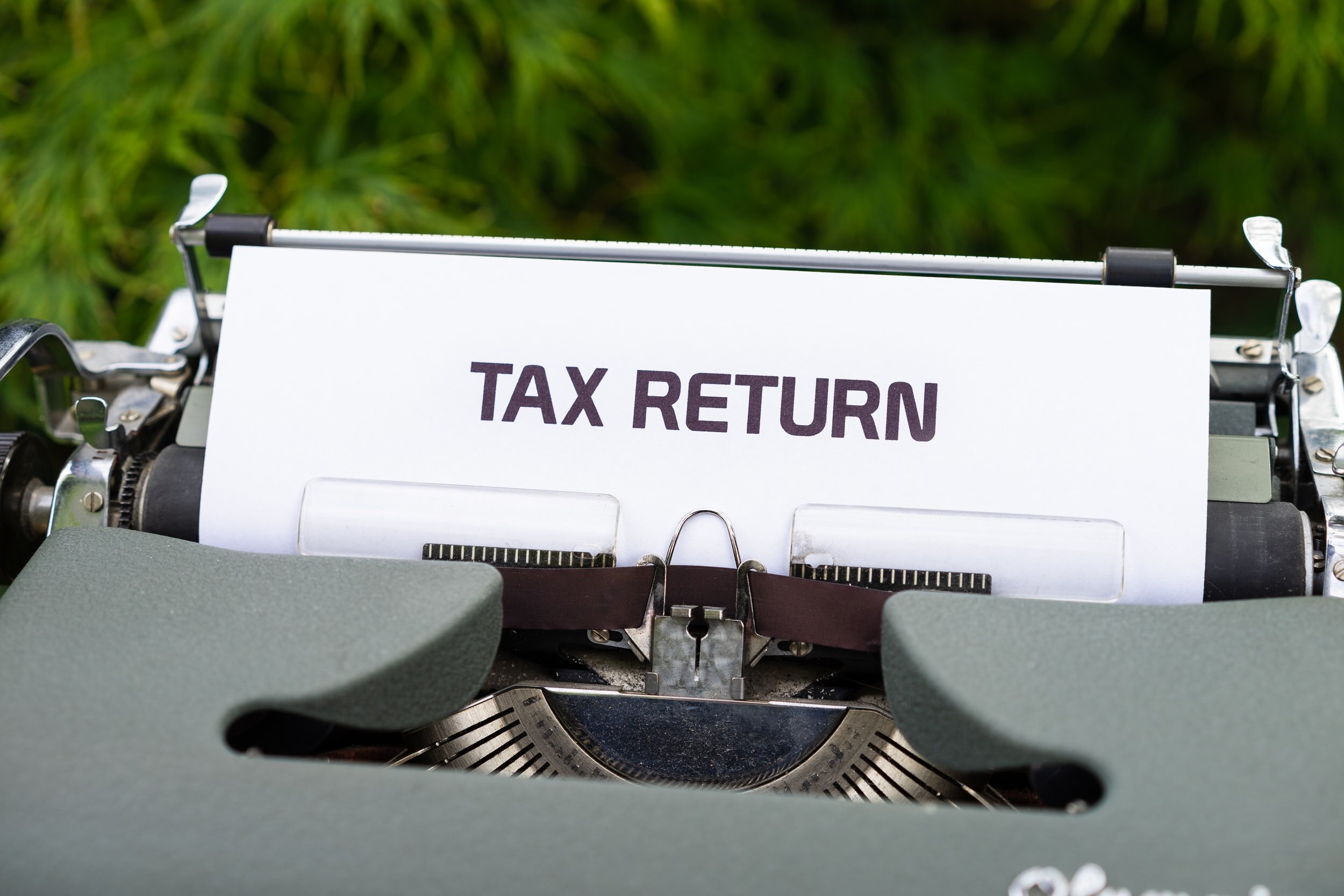Social Care Reform Tax Changes – National Insurance and Dividends Tax
If you’ve been keeping up with the news lately then you’re probably aware that tax rises in the form of increases in National Insurance Contributions (NICs) and tax on dividends, has been proposed and approved and is set to take place from April 2022.
In this article we will summarise the changes and what they mean for employees, employers and business owners.
Note, from April 2023 it is intended that the tax rises will be administered separately and will be known as the “Health and Social Care Levy”. The NIC/dividend rate rises from April 2022 are intended to be temporary until the new tax is levied on its own.
From April 2022, the follow changes will take place:
1.25% increase in NIC’s
Employees – 1.25% increase in Class 1 NIC’s on earned income
Self-employed – 1.25% increase in Class 4 NICs.
Employers – 1.25% increase in Employer’s NIC.
Employers will pay the additional 1.25% for employees earning more than the National Insurance Secondary Threshold (this is £8,840 in 2021/22). Reliefs will still exist for apprentices under 25 and all under 21’s, new employees in Freeports, and veterans.
The Government believes that around 40% of small business owners will not be impacted by the increase to Employer’s NIC. This is because The Employment Allowance will allow for the reduction of the Employer’s NI liability by up to £4,000 per year.
From April 2023 – the Social Care Levy will be separated and exist as a tax in its own right. The NIC rates will then be reduced.
Note, those over 65 and working will be required to pay the 1.25% Health and Social Care Levy from April 2023.
1.25% increase in Dividends Tax
Dividend income will be taxed at an additional 1.25% from April 2022.
Note, this will be applied to dividend income which is received in excess of the £2,000 dividend allowance and over and above the £12,570 personal allowance.
Dividends earnt on ISA assets remain exempt from tax.
From April 2022, the basic rate of tax to be charged on dividends will be 8.75% compared to the current rate on 7.5%.
Higher rate dividends will be taxed at 33.75% compared to 32.50% in the current year, and additional rate taxpayers will pay 39.35% compared to 38.1% as is the case presently.
Impact for SMB Owners
Owner/directors of limited companies who pay themselves a mix of dividends and salary will be impacted by the changes given that the tax rises impact them on 3 fronts – i.e. as an employee, employer and shareholder (via dividends).
That’s not to mention the corporation tax increase set to take place from April 2023 – from 19% to 25% for companies making profits of more than £250,000 a year. Companies earning less than £50,000 will continue to pay 19% with those making between £50,001 and £250,000 paying 25% less marginal relief (to provide a steady increase in the tax rate applied).
My view:
“When one considers the level of spending during the pandemic and the length of the lockdown itself, it seemed inevitable that tax rises would be in pipeline.
My advice to small medium sized business owners is to take the time to speak to your accountant if you don’t understand what the changes mean for you, with a focus on making the best use of all allowances available along with adequate planning for the drawdowns you are going to make from your business (in terms of both salary and dividends).”
Mark O’Hanrahan, North Hill Managing Director, FCA
Get in touch with us today if you would like to discuss how the issues highlighted in this article might impact your business. You contact us via the details below:
Email: help@northhillfinance.com or Call: 033 3303 0988



